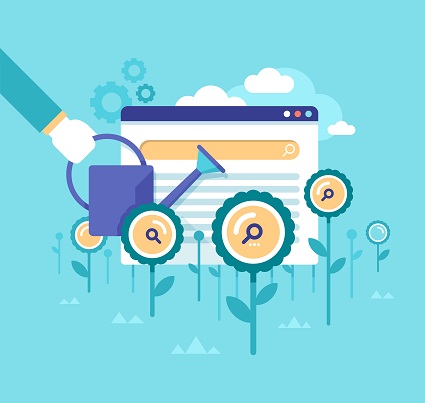Your cart is currently empty!

Understanding Your Conversion Rate
How many visitors does your website need? The short answer might be “More!” but the long answer is something more like, “Enough to meet your business goals.” How much is that? It depends on two things: your goals and your conversion rate.
Say that one of your goals is to get newsletter signups. And say that you got 10 newsletter signups last month, and 5,000 visits to your website. Your conversion rate for this goal is .002. You need 500 visits to get one newsletter sign up.
Get more newsletter signups
If you want to see 50 newsletter signups next month, you have several options:
- You can bring your website visits up to 25,000 and keep the conversion rate the same.
- You can bring your conversion rate up to 1 newsletter sign up for every 100 visits.
- You can increase both conversion rate and the number of visits by lesser amounts.
Here are some ways you could increase website visits:
- CPC or paid search ads
- More content, perhaps in the form of regular blogging
- More aggressive social media activity
Here are some ways you could increase newsletter signups among your current visitors:
- Popup ads at your website for newsletter signup
- An eye-catching newsletter sign up box on your homepage
- A social media campaign focusing on newsletter sign-ups
Do all the things
If you do all of these things at once, you might very well find that you get more newsletter subscribers. But how will you know which efforts you should continue? You know that something (or some of the things) worked, but you don’t know which of your actions led to the reaction you wanted.
If you combine these things with offline efforts, it will become even more complicated. You need to track each effort so that you will be able to determine which actions influence your conversion rate.
Track goals in analytics
To continue our example above, if you set up subscribing to the newsletter as a goal in Google Analytics, you will be able to see the conversion rates for the different sources that already bring traffic to your website. If you see that your website’s average conversion rate is .002 but your social media traffic has a conversion rate of .02%, you know that a visitor from social media is already more likely to sign up for your newsletter.
Say you decide to try CPC ads and social media. You’ll spend a couple of weeks simply testing these two options. If you determine that your ads have a conversion rate of .20% and you know that your Facebook posts have a conversion rate of .02%, you can see that both are more effective than your previous average.
Notice ROI
Remember, you wanted 50 signups per month. If your ads perform at a conversion rate of .20%, you would need just 200 ad click-throughs to meet your goal, since you were already getting about 10 per month naturally without extra effort. If the cost per click is $6.57, you’ll need to pay about $1300 in CPC ads next month to reach your goal.
Or you can work to bring in 2,000 visits from Facebook. If they maintain the current conversion rate of .02%, you’ll get 40 sign-ups. If you get lots more visits by showing pictures of puppies, they probably won’t convert at the same rate and it probably won’t work. But if you just increase your efforts at Facebook, perhaps by adding $500 to your social media budget to get some outside help, you might be able to accomplish your goal for a lower cost.
Benefits of knowing your conversion rate
At this point, you can see that the number of additional visits you need can be 200, 2000, or 200,000 — it depends on your conversion rate. If the action you take to increase visits changes the conversion rate, your target number for traffic will also change.
It’s only when you track everything and figure out how all the moving parts work together that you can make great strategic decisions.
You can’t make useful traffic goals without a clear understanding of your conversion rate.
by
Tags:

Leave a Reply